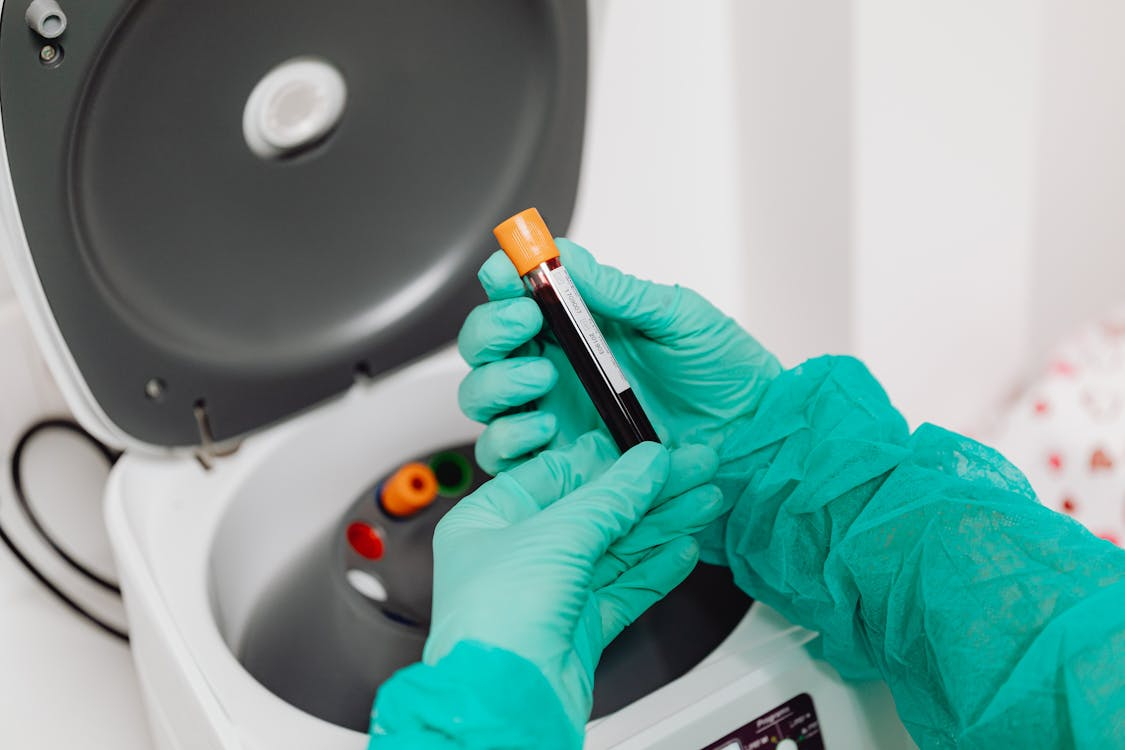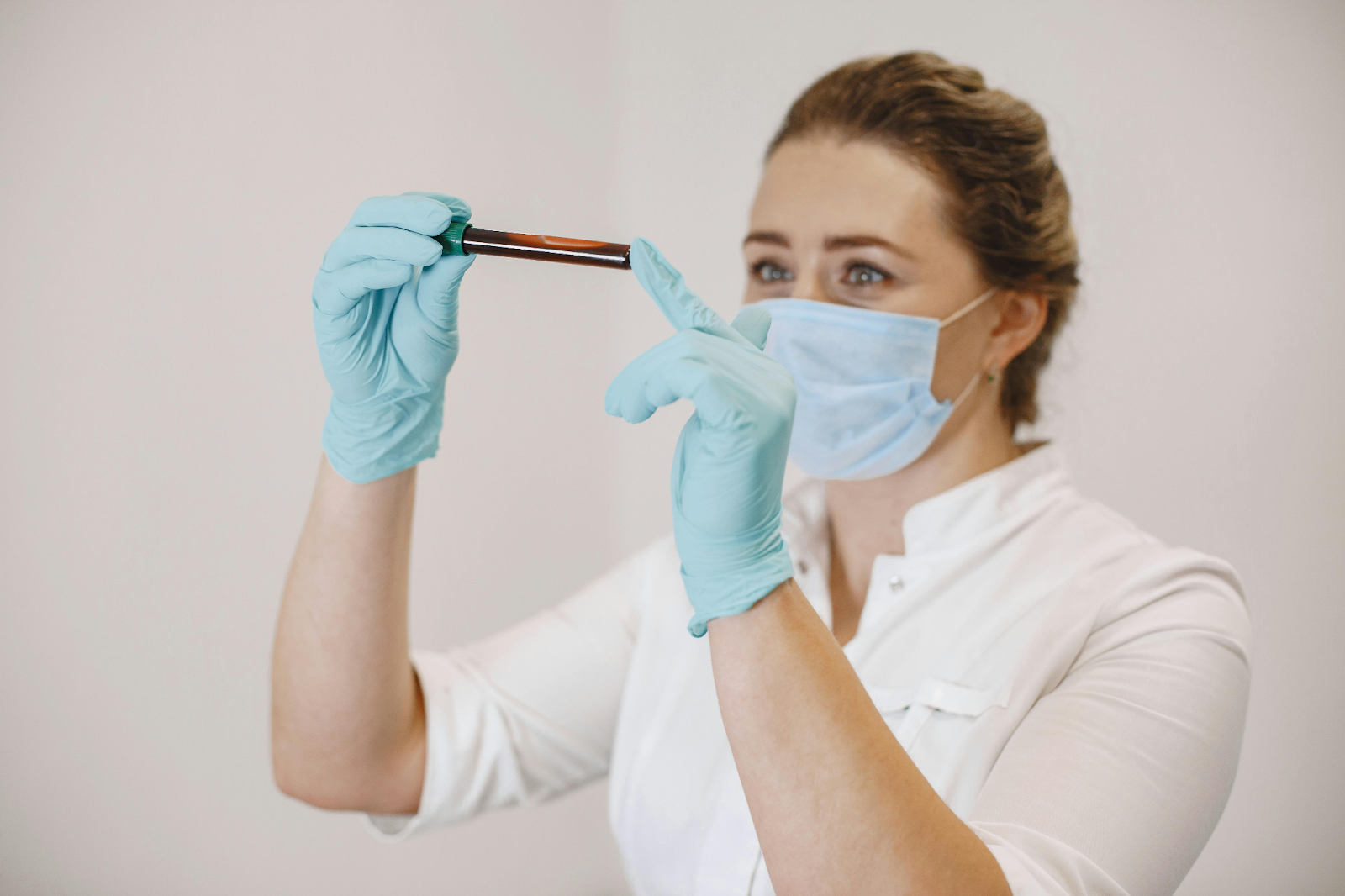You’ve probably seen it on Instagram—the slightly alarming post-facial selfies, faces dotted with specks of blood, usually followed by a glow-up reveal that borders on magical. Or maybe you’ve heard about it in the context of pro athletes bouncing back from injury in record time. What both these scenes have in common? PRP.
Platelet-Rich Plasma therapy isn’t exactly new, but the buzz it’s getting lately is anything but recycled. What started as an experimental tool in sports medicine has quickly crossed into beauty clinics, regenerative orthopedics, and even sexual health. And people aren’t just trying it—they’re becoming die-hard believers.
So what makes this “blood-based” biohack worth paying attention to? Let’s break it down.

What Even Is PRP, Really?
PRP stands for Platelet-Rich Plasma. It’s a treatment that uses your own blood—literally. A small sample is drawn, spun in a centrifuge to concentrate the platelets, and then re-injected or micro-needled into targeted areas of your body. Those platelets are like your body’s personal repair team. They’re loaded with growth factors that stimulate healing, cell turnover, and collagen production.
To put it simply: you’re giving your body a boost with its own biological tools.
Not Just for Knees and Elbows Anymore
Originally, PRP was the secret weapon of orthopedic surgeons and sports medicine clinics. It helped elite athletes heal tendons, ligaments, and joints without surgery. But once cosmetic doctors caught on, things got really interesting.
Today, PRP is being used far beyond the injury bench:
- Skin rejuvenation (aka the “vampire facial”)
- Hair restoration for thinning scalps
- Post-microneedling recovery boosters
- Under-eye brightening and smoothing
- Acne scar revision
- Intimate wellness treatments
In both the medical and beauty space, PRP treatment is gaining traction because it fits the modern demand for natural, minimally invasive procedures that actually do something.
Why Wellness Insiders Are Hooked
There’s a reason PRP has become a fixture among people who take their health and appearance seriously: it delivers results without dumping foreign substances into your body. No fillers. No drugs. No surgery. That’s the trifecta for those who love clean beauty and biohacking in equal measure.
For many, it’s not just about looking younger or recovering faster—it’s about optimizing the body’s own systems. PRP taps into the body’s own healing intelligence, which feels smarter and safer than many of the alternatives.
Plus, PRP therapy tends to have fewer side effects. Since the material comes from you, allergic reactions are rare. And the downtime? Minimal.
The Aesthetic Side: From Skin Glow to Hair Flow
Let’s talk vanity—but the good kind.
PRP is making waves in aesthetics for its subtlety and versatility. Unlike Botox or fillers that alter your facial structure or expression, PRP focuses on quality. Think: texture, tone, elasticity, and firmness.
Skin Goals, Achieved
The “vampire facial,” made famous by a certain Kardashian, isn’t just hype. It’s essentially PRP applied via microneedling. The combo triggers collagen production, tightens skin, and gives a healthy glow that doesn’t rely on highlighter.
It’s especially effective in treating:
- Fine lines
- Dull or uneven tone
- Crepey skin
- Enlarged pores
And unlike a peel or laser, it’s suitable for most skin tones.
Hair Growth That’s Actually Yours
PRP for hair restoration is one of the fastest-growing categories. It’s often used on the scalp to help jumpstart dormant follicles. For those not ready (or willing) to go the transplant route, it’s a gentler, no-surgery option that encourages natural regrowth over time.
Bonus: It works for both men and women, especially during the early stages of thinning.
The Healing Side: Stronger, Faster, Safer
While beauty gets the spotlight, PRP is still doing serious work behind the scenes in medical settings.
In orthopedic medicine, it’s being used to treat:
- Chronic tendonitis
- Osteoarthritis (especially knees)
- Rotator cuff injuries
- Plantar fasciitis
- Post-surgical recovery
What’s impressive is how PRP helps reduce pain and speed healing without relying on steroids or surgery. For those dealing with joint degeneration or soft tissue injuries, it’s become a powerful tool for reclaiming mobility without drastic interventions.
PRP vs. Other Regenerative Therapies
Let’s clear up a common question: how does PRP stack up against stem cells or hyaluronic acid injections?
PRP is more accessible (since it uses your own blood) and generally more affordable. Stem cell therapies can be more intensive, sometimes involving fat or bone marrow extraction. Hyaluronic acid is more of a temporary space-filler and doesn’t stimulate true healing. PRP’s edge is in regeneration—you’re not just managing symptoms, you’re supporting the body’s own rebuilding process.
It’s not a miracle fix, but it’s a solid middle-ground option with a growing track record.
What It’s Like to Actually Get It
Here’s the honest lowdown: if you can handle a blood draw and a few pinches, you’re good.
A standard PRP session goes like this:
- Your provider draws a small vial of your blood (like a basic lab test).
- It gets spun in a centrifuge to isolate the platelets.
- The concentrated plasma is injected or microneedled into the target area.
- You may look a little flushed or red for a day or two—especially after facial treatments.
Most people need a few sessions spaced weeks apart for full results, depending on the treatment goal. And like anything biological, the outcome is gradual—but noticeable.
Is It Worth It?
If you’re someone who wants real results without chemicals, downtime, or high risk, PRP is worth considering. The science is solid, and the applications are only growing.
What’s more, it checks all the boxes that modern wellness enthusiasts care about:
- Non-toxic
- Minimally invasive
- Holistic
- Backed by data
- Biologically intuitive
And let’s not pretend we don’t love a bit of sci-fi in our self-care. There’s something deeply cool about a treatment that uses your own biology as the solution.
Who Should (and Shouldn’t) Try It?
PRP is generally safe for most healthy adults. However, people with certain conditions—like clotting disorders, active infections, or blood-borne illnesses—should avoid it. Always check with a qualified provider before diving in.
Also, if you’re expecting dramatic results overnight, temper your expectations. PRP is more of a slow burn than a flashbang—it’s about building better tissue, not masking issues.

Final Thoughts: Why the Hype Is Justified
There’s a reason PRP is beloved by both doctors and wellness junkies: it lives at the intersection of biology and beauty, tech and tradition. It’s the rare treatment that bridges medical credibility with aesthetic appeal—and actually delivers.
So whether you’re chasing a clearer complexion, thicker hair, or a better backhand, PRP might be worth adding to your biohacking toolbox. It’s not just a trend. It’s a smarter, body-first way to feel better in your skin—and under it.

Founder Dinis Guarda
IntelligentHQ Your New Business Network.
IntelligentHQ is a Business network and an expert source for finance, capital markets and intelligence for thousands of global business professionals, startups, and companies.
We exist at the point of intersection between technology, social media, finance and innovation.
IntelligentHQ leverages innovation and scale of social digital technology, analytics, news, and distribution to create an unparalleled, full digital medium and social business networks spectrum.
IntelligentHQ is working hard, to become a trusted, and indispensable source of business news and analytics, within financial services and its associated supply chains and ecosystems










